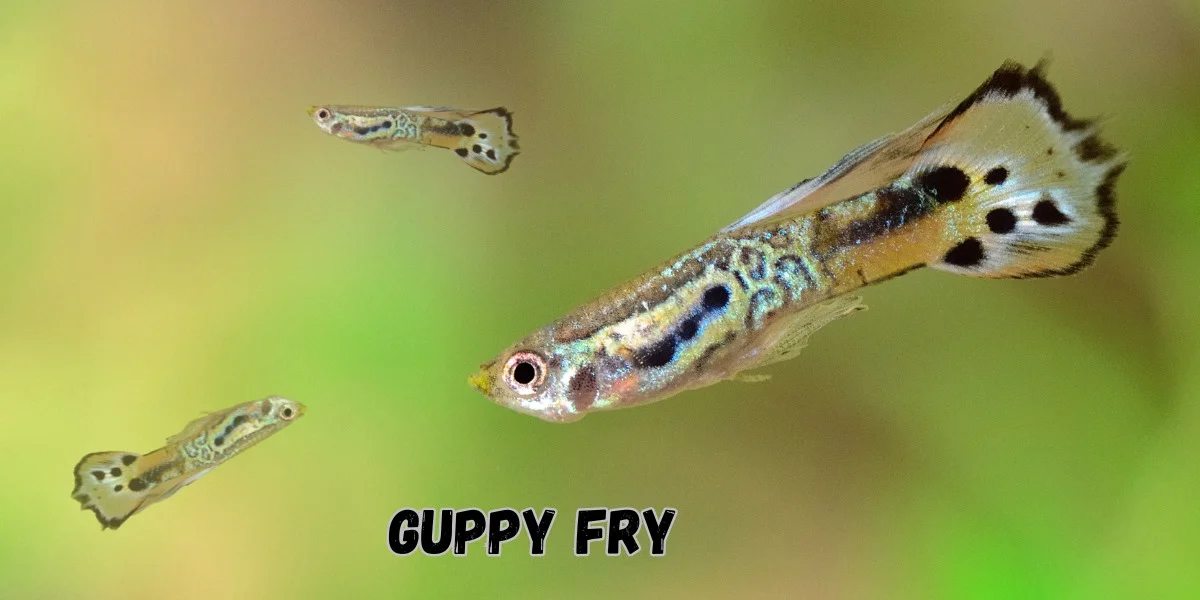Guppy Fry Growth Stages
Guppies are one of the most popular fish in home aquariums, known for their vibrant colors and lively behavior. If you have guppies, you might already know that they are livebearers, meaning they give birth to live young, known as fry. Watching guppy fry grow from tiny, delicate babies into full-grown, colorful adults is an exciting experience.
In this guide, we’ll explore the different growth stages of guppy fry. Understanding these stages will help you provide the best care for your guppy fry, ensuring they grow up healthy and strong.
Stage 1: Newborn Fry (0 to 1 Week)
When guppy fry are first born, they are tiny—about the size of a grain of rice. At this stage, they are very vulnerable and need special care to survive.
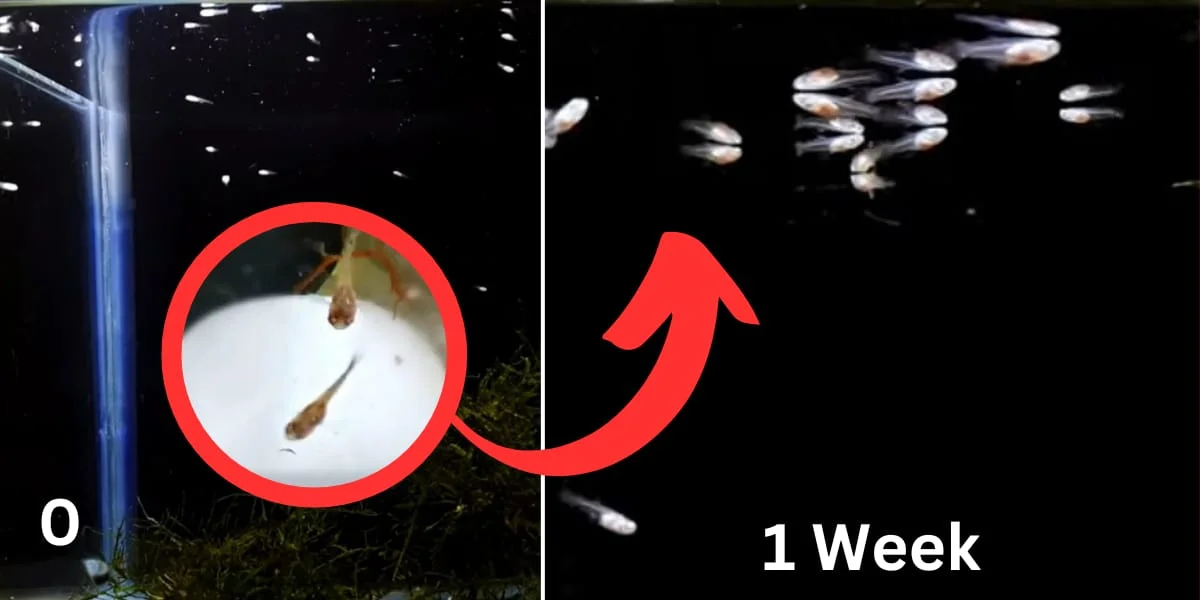
- Appearance: Newborn guppy fry are mostly transparent and lack the bright colors that adult guppies have. Their bodies are small, and their fins are not fully developed.
- Behavior: Right after birth, guppy fry will instinctively swim to the surface of the water to gulp air. This helps them fill their swim bladders, which is crucial for buoyancy.
- Care: It’s important to separate the fry from adult guppies, as adults might see them as food. Use a breeding box or a separate tank to keep the fry safe. Feed them tiny amounts of finely crushed fish flakes or specially formulated fry food several times a day.
Stage 2: The Growing Fry (1 Week to 4 Weeks)
As the fry continue to grow, they enter the next stage, where their bodies begin to develop more fully.
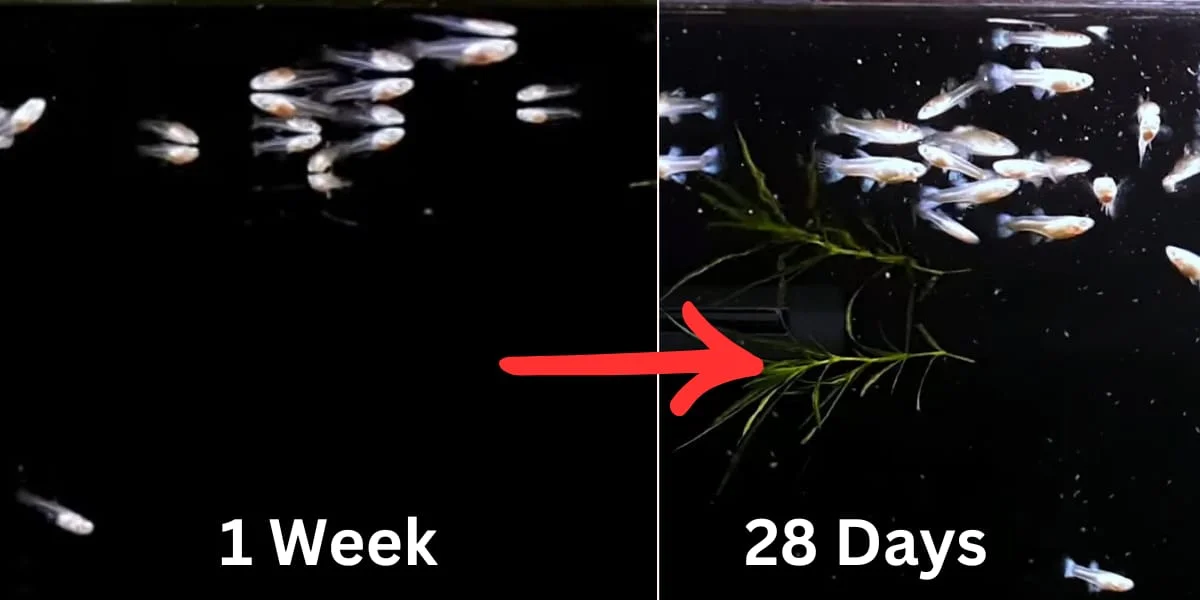
- Appearance: During this stage, guppy fry start to develop more visible fins, and their bodies begin to lengthen. They may start to show faint colors, though they are still mostly transparent.
- Behavior: Guppy fry become more active and start exploring their environment. They might start to chase small particles in the water, showing early hunting instincts.
- Care: Continue to feed the fry small, frequent meals. You can introduce live or frozen baby brine shrimp, which are highly nutritious and easy for the fry to eat. Ensure the water quality remains high by doing regular water changes and keeping the tank clean.
Related reading: When Can Baby Guppies Go in the Main Tank?
Stage 3: Developing Guppy Fry (1 Month to 3 Months)
This stage is marked by significant growth and development as the fry begin to resemble adult guppies.
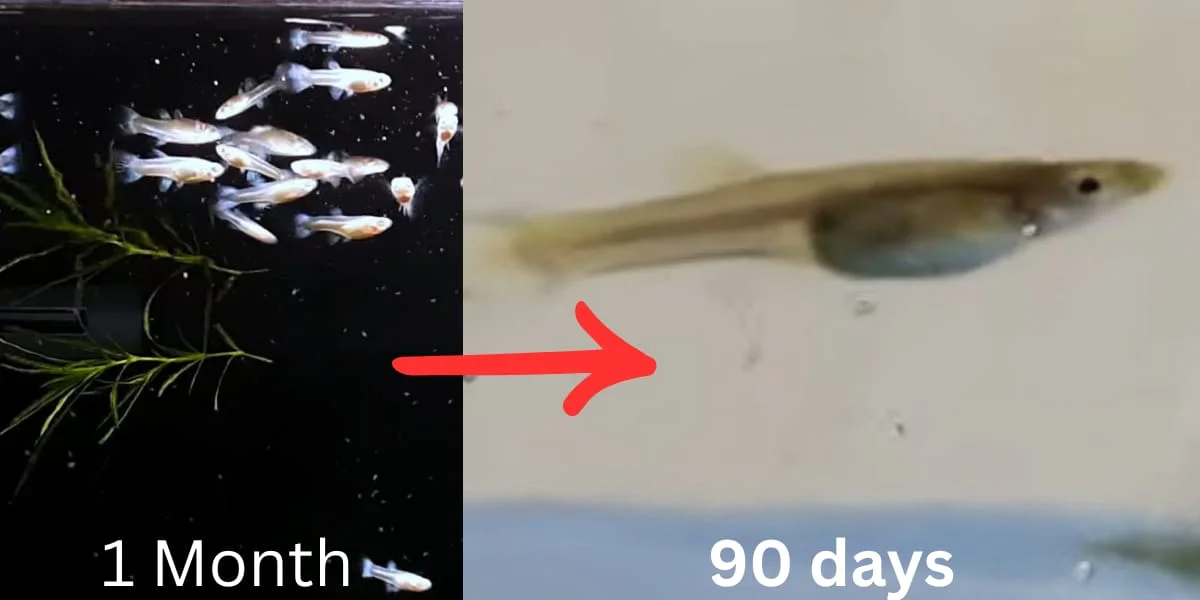
- Appearance: The fry’s fins and tails become more defined, and they start to develop the bright colors that guppies are known for. Males may begin to show more vibrant colors, while females remain slightly larger and less colorful.
- Behavior: At this stage, the fry are more confident and active swimmers. They begin to interact more with each other and might even show signs of social behavior.
- Care: You can start feeding them a wider variety of foods, including high-quality flakes, small pellets, and live or frozen foods. It’s important to continue keeping the water clean and well-maintained to support their growth.
Stage 4: Juvenile Guppies (3 Months to 6 Months)
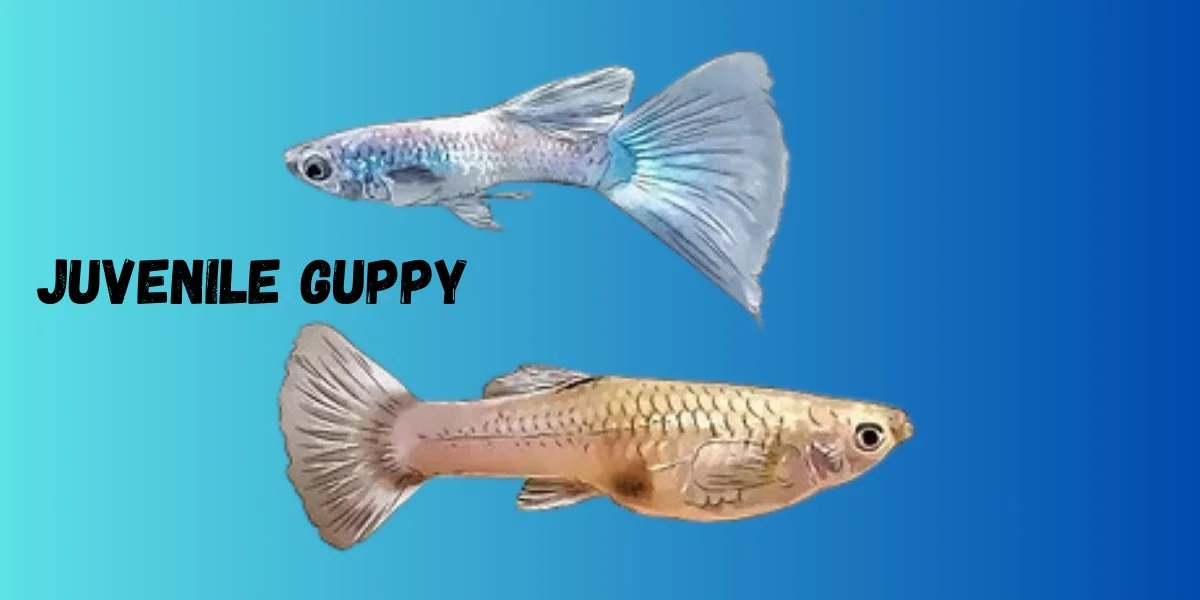
By this stage, the guppy fry are well on their way to becoming adult guppies. They are now considered juveniles.
- Appearance: Juvenile guppies look very similar to adult guppies, though they are still smaller in size. Their colors are more vibrant, and their fins are fully developed.
- Behavior: They become more social and might start to display mating behavior, especially the males. However, they are still growing and need proper nutrition to reach their full size.
- Care: Continue feeding a balanced diet, and consider separating males and females if you want to prevent early breeding. The juveniles should be able to thrive in the main tank with adult guppies, as long as there are no overly aggressive fish.
Stage 5: Adult Guppies (6 Months and Beyond)
By the time they reach six months, guppy fry are considered fully grown adults.
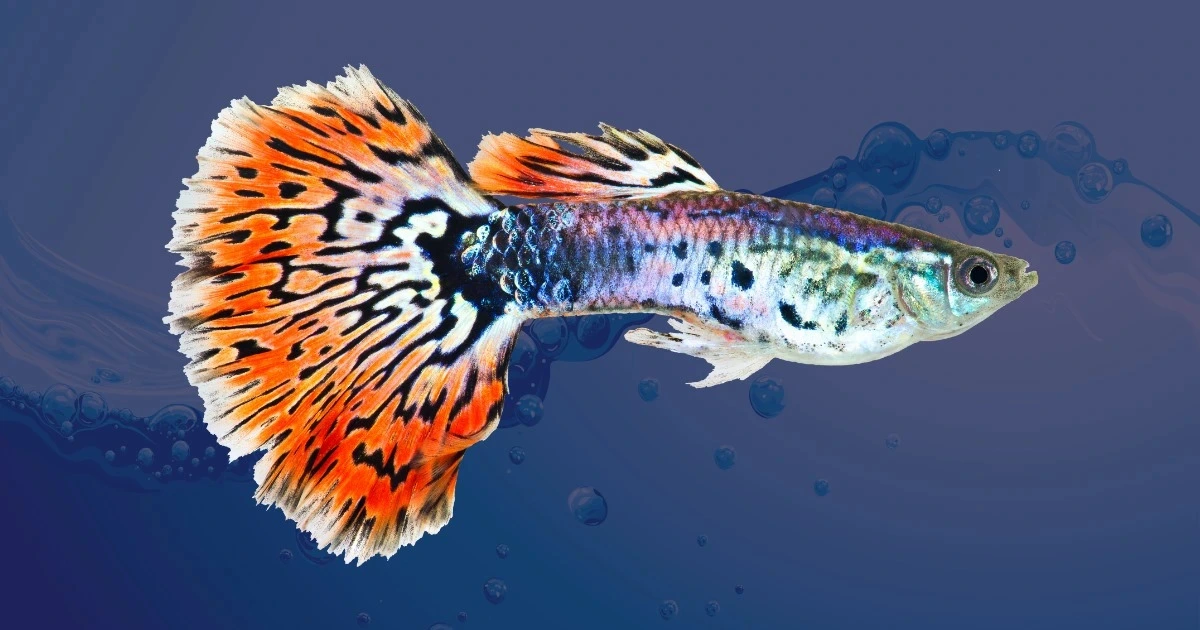
- Appearance: Adult guppies have reached their full size and show their complete coloration and fin development. Males are usually smaller and more colorful, while females are larger and less vibrant but still beautiful.
- Behavior: Adult guppies are active and social fish. Males may court females, and if you have both males and females in the tank, they will likely start breeding.
- Care: As adults, guppies should be fed a balanced diet that includes flakes, pellets, and live or frozen foods. Regular water changes and tank maintenance are essential to keep them healthy.
Tips for Raising Guppy Fry
- Separate Fry from Adults: To protect the fry from being eaten, keep them in a separate tank or breeding box until they are large enough not to be seen as food.
- Feed Small, Frequent Meals: Guppy fry need frequent feeding to grow properly. Offer small amounts of food several times a day.
- Maintain Clean Water: Fry are more sensitive to poor water quality, so it’s crucial to keep their tank clean with regular water changes.
- Provide Hiding Spots: If you keep the fry in the same tank as adult guppies, make sure there are plenty of plants or decorations where the fry can hide.
- Watch for Signs of Illness: Keep an eye on your fry for any signs of illness, such as lethargy or unusual swimming behavior. Early treatment is key to preventing the spread of disease.
Conclusion
Raising guppy fry is a rewarding experience that allows you to see the fascinating transformation from tiny newborns to vibrant adult guppies. By understanding the different growth stages and providing the right care at each stage, you can ensure that your guppy fry grow up healthy and strong. With patience and attention to detail, you’ll soon have a tank full of beautiful guppies that you’ve raised from fry.
